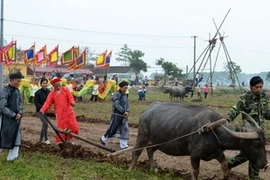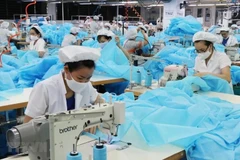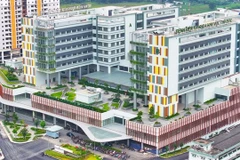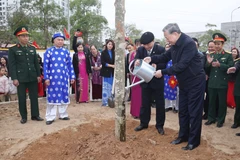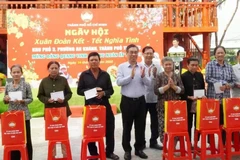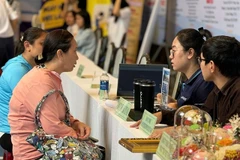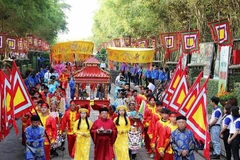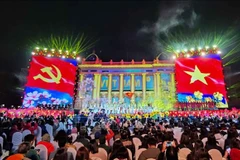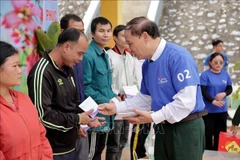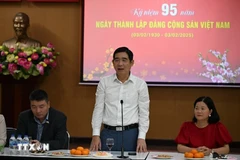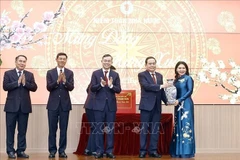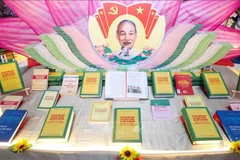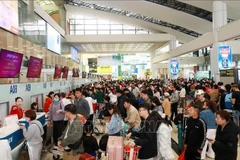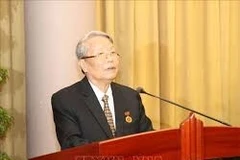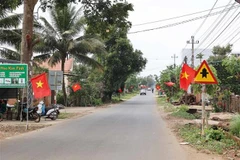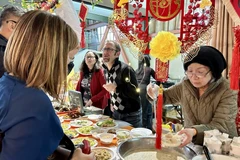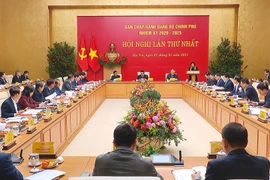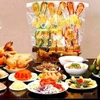 President Tran Dai Quang drives a tractor on the field to launch an agricultural mechanisation programme at the Tich Dien (ploughing) festival (Source: VNA)
President Tran Dai Quang drives a tractor on the field to launch an agricultural mechanisation programme at the Tich Dien (ploughing) festival (Source: VNA)On the occasion, the State leader launched anagricultural mechanisation programme by directly driving a tractor on the fieldto encourage localities nationwide to promote industrialisation and modernisationof agriculture and rural areas.
In his speech, President Quang highlighted thesignificance of the festival, saying that the annual event has become a traditionin the locality’s cultural life, which was recognised as an intangible culturalheritage of the nation.
The Tich Dien festival dignifies the importanceof agriculture and the role of farmers, and contributes to preserving andupholding cultural values of the locality, he stressed.
It is also an activity to introduce Ha Nam’simages and tourism potential to domestic and foreign visitors and overseasVietnamese, thus promoting the province’s socio-economic development, he added.
He expressed his pleasure with the fact that HaNam and other localities nationwide have recorded more and more concentratedand machine-based goods production models with the application of hightechnologies, and cooperation with foreign investors to produce and processhigh-quality farm produce.
The President took the occasion to call onsectors and localities throughout the country to successful implement the Partyand State’s guidelines and policies related to agriculture, farmers, ruraldevelopment and new-style rural area building.
Ha Nam and other localities should boost hi-techagriculture development and export of high-quality agricultural products,towards improving the living standards of farmers and contributing to thenation’s development, he said.
The festival began in 987 during the Le dynastywhen King Le Dai Hanh decided to plough in Doi Son commune, Duy Tien districtto wish for bumper crops. The practice then became an annual tradition held throughmany dynasties before falling into oblivion under the reign of King Khai Dinhof the Nguyen dynasty. It was restored in 2009.
Vietnam has about 8,000 festivalseach year. Of which, nearly 90 percent are traditional festivals, 6 percent arereligious ones and 4 percent are historical ones.-VNA
